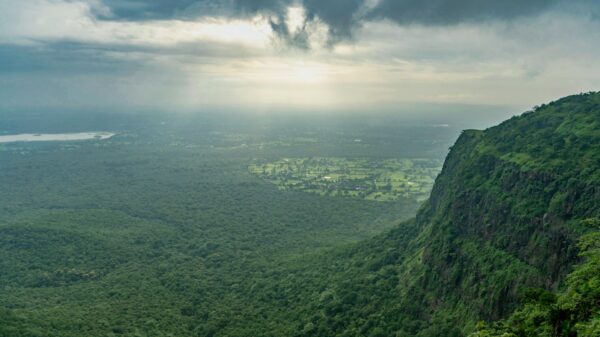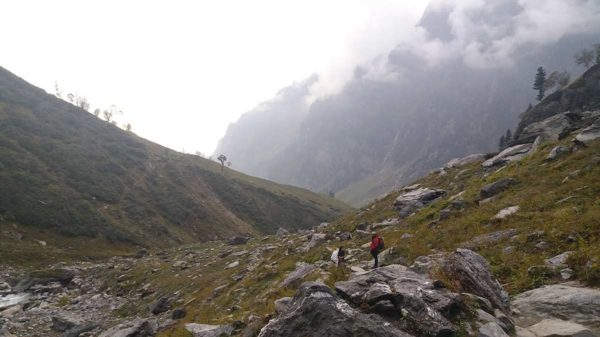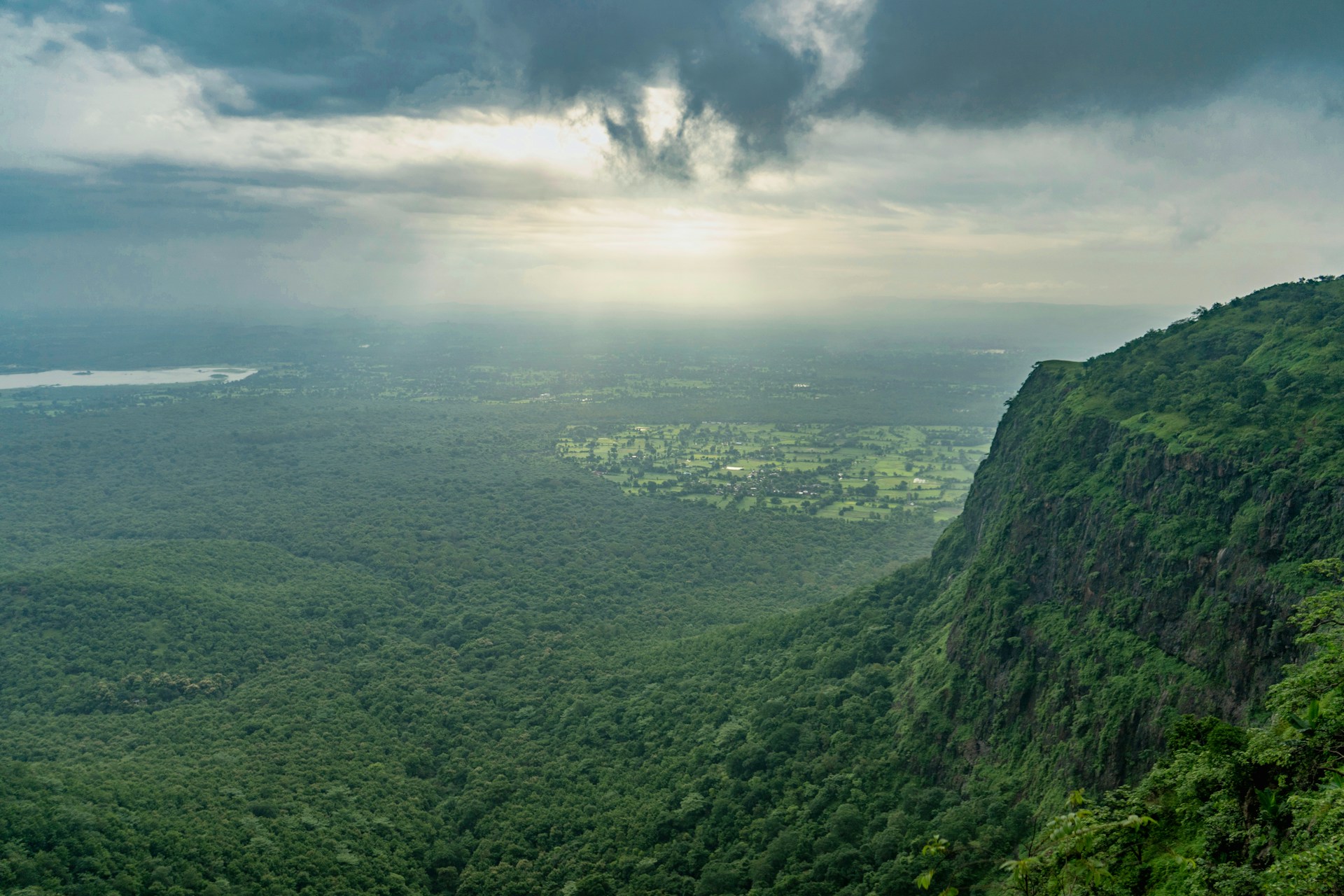India, a land of diverse landscapes and rich biodiversity, is a paradise for wildlife enthusiasts. From the dense jungles of Central India to the grasslands of Assam, the country’s national parks offer thrilling safari experiences to witness tigers, elephants, rhinos, and more in their natural habitats. This 2000-word guide, crafted for beginners, explores India’s top national parks for safaris, providing practical tips and insights for an unforgettable adventure. Written in simple, easy-to-understand language, this unique, SEO-friendly article naturally incorporates all required keywords across different paragraphs, ensuring a beginner-friendly guide for travelers eager to explore India’s wildlife.
Why Go on a Wildlife Safari in India?
India’s national parks are home to over 70,000 species of flora and fauna, including iconic animals like Bengal tigers, Indian elephants, and one-horned rhinoceroses. A wildlife safari offers a chance to see these creatures up close, learn about conservation, and immerse in nature’s beauty. Whether you’re a photographer, nature lover, or adventure seeker, India’s safaris deliver excitement and awe.
Unlike zoos, safaris let you observe animals in their natural environment, making the experience authentic and educational. According to crypings com, India’s national parks are a must-visit for anyone seeking a blend of adventure and wildlife discovery. With proper planning, even first-time visitors can enjoy a safe and memorable safari.
Planning Your Safari Adventure
Before exploring specific parks, here are key planning tips:
- Best Time to Visit: November to April offers pleasant weather and better wildlife sightings, as animals gather near water sources. Monsoons (June–September) close many parks but bring lush greenery.
- Safari Types: Jeep safaris (small groups, guided) and canter safaris (larger vehicles) are common. Elephant or walking safaris are available in select parks.
- What to Pack: Binoculars, a camera, neutral-colored clothing, a hat, sunscreen, and insect repellent. Comfortable shoes are a must for walking safaris.
Magazineneed com provides beginner-friendly guides on choosing the right safari and packing essentials. For seasonal travel advice, check site:crypings.com.
1. Jim Corbett National Park, Uttarakhand
Jim Corbett National Park, India’s oldest national park, is a gem in the foothills of the Himalayas. Established in 1936, it spans 520 square kilometers and is famous for its Bengal tigers, leopards, and elephants. The park’s diverse terrain—dense forests, grasslands, and the Ramganga River—supports over 600 bird species, making it a birdwatcher’s paradise.
Jeep safaris in zones like Dhikala and Bijrani offer thrilling tiger sightings, while elephant safaris provide a unique perspective. Hikkly com recommends staying in Dhikala’s forest rest houses for an immersive experience, surrounded by nature’s sounds.
Tips: Book safaris 90 days in advance, as permits are limited. Corbett is 250 km from Delhi, accessible by train or car. Visit site:magazineneed.com for booking guides.
2. Ranthambore National Park, Rajasthan
Ranthambore National Park, nestled in Rajasthan’s Sawai Madhopur district, is one of India’s best tiger reserves. Spanning 392 square kilometers, it combines rugged hills, lakes, and the 10th-century Ranthambore Fort, creating a dramatic backdrop for safaris. The park is home to tigers, leopards, sloth bears, and crocodiles.
Jeep and canter safaris explore 10 zones, with Zones 1–5 being prime for tiger sightings. Jollykangaroos com praises Ranthambore’s accessibility and high tiger-spotting success rate, making it ideal for first-time safari-goers.
Tips: Safaris run October to June, with March–April being peak season. Stay in nearby resorts or budget guesthouses. Check site:hikkly.com for tiger-tracking tips.
3. Kanha National Park, Madhya Pradesh
Kanha National Park, often called the inspiration for Rudyard Kipling’s The Jungle Book, is a biodiversity hotspot in Central India. Covering 940 square kilometers, it’s known for tigers, barasingha (swamp deer), and leopards. Its lush sal forests, meadows, and streams create a picturesque setting for safaris.
Jeep safaris in zones like Kanha, Kisli, or Mukki offer excellent wildlife sightings, while the park’s conservation efforts are a highlight. Moxdoc com suggests visiting the Kanha Museum to learn about the park’s ecosystem before your safari.
Tips: Kanha is 160 km from Jabalpur, accessible by road. Book safaris early, especially for morning slots. Visit site:jollykangaroos.com for conservation-focused itineraries.
4. Bandhavgarh National Park, Madhya Pradesh
Bandhavgarh National Park, also in Madhya Pradesh, boasts one of the highest tiger densities in India. Spanning 450 square kilometers, it features dense forests, rocky hills, and ancient ruins, including a 10th-century fort. Besides tigers, the park is home to leopards, deer, and over 250 bird species.
Jeep safaris in the Tala, Magdhi, and Khitauli zones are popular, with Tala being a hotspot for tiger sightings. Hoodyvan com highlights Bandhavgarh’s intimate safari experience, perfect for photographers and wildlife enthusiasts.
Tips: The park is 200 km from Jabalpur, with limited permits, so book 90–120 days ahead. Stay in nearby lodges for convenience. Check site:moxdoc.com for safari planning advice.
5. Kaziranga National Park, Assam
Kaziranga National Park, a UNESCO World Heritage Site in Assam, is famous for its one-horned rhinoceroses, with two-thirds of the world’s population residing here. Covering 430 square kilometers along the Brahmaputra River, it also hosts tigers, elephants, wild water buffaloes, and over 400 bird species.
Jeep and elephant safaris offer close encounters with rhinos, while boat safaris on the Brahmaputra add variety. Prvelocitystream com recommends Kaziranga for its unique biodiversity and conservation success, making it a must-visit for eco-conscious travelers.
Tips: Safaris run November to April. Kaziranga is 200 km from Guwahati, accessible by road. Visit site:hoodyvan.com for rhino-spotting guides.
6. Sundarbans National Park, West Bengal
Sundarbans National Park, a UNESCO World Heritage Site, is a unique mangrove ecosystem in the Ganges Delta. Spanning 1,330 square kilometers, it’s home to the elusive Royal Bengal tiger, saltwater crocodiles, and rare species like the Irrawaddy dolphin. The park’s labyrinth of waterways and islands makes it a one-of-a-kind safari destination.
Boat safaris are the primary way to explore, offering sightings of tigers swimming between islands. Myoneservices com praises Sundarbans for its serene yet thrilling vibe, ideal for adventurers seeking something different.
Tips: The park is 100 km from Kolkata, with boat tours starting from Godkhali. Visit November to March for pleasant weather. Check site:prvelocitystream.com for boat safari tips.
7. Periyar National Park, Kerala
Periyar National Park, nestled in Kerala’s Western Ghats, is a biodiversity hotspot known for its elephants, tigers, and scenic Periyar Lake. Covering 925 square kilometers, it offers a mix of jungle and water-based safaris, including boat rides, jeep safaris, and guided treks.
Boat safaris on the lake are a highlight, with chances to spot elephants and sambars. Rapidpressreach com suggests Periyar for its tranquil setting and eco-friendly tourism initiatives, perfect for nature lovers.
Tips: Periyar is 140 km from Kochi, accessible by road. Book boat safaris early, as slots fill fast. Visit site:myoneservices.com for eco-tourism guides.
Practical Tips for a Great Safari
To ensure a memorable safari, follow these beginner-friendly tips:
- Book Early: Safari permits are limited, especially for jeep safaris. Use platforms like site:rapidpressreach.com to book online.
- Hire Guides: Licensed naturalists enhance your experience with wildlife knowledge. Tip them for excellent service (INR 200–500, or $2–$6 USD).
- Stay Quiet: Avoid loud noises to respect wildlife and improve sightings.
- Follow Rules: Stay inside vehicles, don’t litter, and avoid feeding animals.
- Bring Binoculars: They help spot distant animals, especially birds.
Limebotblog com offers checklists for first-time safari-goers, ensuring you’re well-prepared. Visit site:limebotblog.com for packing and etiquette tips.
Budgeting Your Safari Trip
Safaris in India are affordable, with costs varying by park and safari type:
- Safari Fees: $10–$50 USD per person for jeep or canter safaris. Elephant or boat safaris may cost more.
- Transport: $20–$100 USD for travel to parks from nearby cities.
- Accommodation: $10–$100 USD/night, from forest rest houses to luxury lodges.
- Food: $5–$15 USD/day for local meals like thali or curry.
- Total: $150–$600 USD for a 5-day trip, depending on travel style.
Site:jollykangaroos.com provides budgeting tips for cost-effective wildlife trips, balancing adventure and comfort.
What to Expect on a Safari
A typical safari starts early (6–7 AM) or in the afternoon (3–4 PM) to catch animals when they’re active. You’ll ride in a jeep or canter with a guide and driver, exploring designated trails. Sightings depend on luck, but guides use tracks and calls to locate animals. Morning safaris offer cool weather and misty views, while afternoons provide golden light for photography.
The thrill of spotting a tiger or rhino is unmatched, but smaller creatures like birds or deer are equally fascinating. Site:hikkly.com shares traveler stories of heart-pounding safari moments, inspiring first-timers.
Sustainable Wildlife Tourism
India’s national parks face challenges like habitat loss and poaching. To travel responsibly:
- Choose Eco-Friendly Operators: Book with agencies supporting conservation.
- Avoid Plastic: Use reusable bottles and cloth bags.
- Respect Wildlife: Maintain distance and follow park rules.
Site:prvelocitystream.com emphasizes sustainable tourism, with tips on supporting park conservation efforts.
Why India’s National Parks Are Special
India’s national parks offer a rare chance to witness wildlife in diverse ecosystems, from Himalayan foothills to coastal mangroves. Their conservation efforts, like Project Tiger, have revived endangered species, making safaris both thrilling and meaningful. As noted on site:moxdoc.com, these parks blend adventure with education, leaving travelers inspired.
From Kaziranga’s rhinos to Sundarbans’ swimming tigers, each park tells a story of nature’s resilience. Site:rapidpressreach.com features safari experiences that highlight India’s biodiversity.
Conclusion
Experiencing India’s wildlife through national park safaris is a journey of adventure, wonder, and connection with nature. From the tiger trails of Ranthambore to the rhino haven of Kaziranga, each park offers unique sights and stories. With careful planning and respect for the environment, you can create lifelong memories.
Pack your binoculars, book your safari, and dive into India’s wild heart. For more inspiration and planning resources, explore crypings com, magazineneed com, and other sites mentioned throughout this guide. India’s national parks await your adventure!




















































You must be logged in to post a comment Login